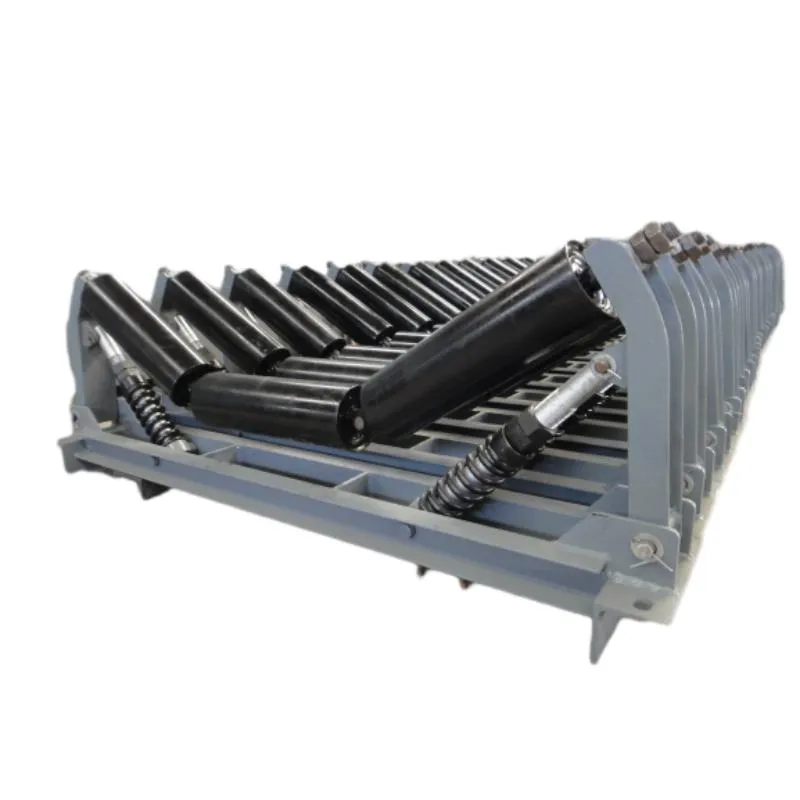 Afrikaans
Afrikaans  Albanian
Albanian  Amharic
Amharic  Arabic
Arabic  Armenian
Armenian  Azerbaijani
Azerbaijani  Basque
Basque  Belarusian
Belarusian  Bengali
Bengali  Bosnian
Bosnian  Bulgarian
Bulgarian  Catalan
Catalan  Cebuano
Cebuano  Corsican
Corsican  Croatian
Croatian  Czech
Czech  Danish
Danish  Dutch
Dutch  English
English  Esperanto
Esperanto  Estonian
Estonian  Finnish
Finnish  French
French  Frisian
Frisian  Galician
Galician  Georgian
Georgian  German
German  Greek
Greek  Gujarati
Gujarati  Haitian Creole
Haitian Creole  hausa
hausa  hawaiian
hawaiian  Hebrew
Hebrew  Hindi
Hindi  Miao
Miao  Hungarian
Hungarian  Icelandic
Icelandic  igbo
igbo  Indonesian
Indonesian  irish
irish  Italian
Italian  Japanese
Japanese  Javanese
Javanese  Kannada
Kannada  kazakh
kazakh  Khmer
Khmer  Rwandese
Rwandese  Korean
Korean  Kurdish
Kurdish  Kyrgyz
Kyrgyz  Lao
Lao  Latin
Latin  Latvian
Latvian  Lithuanian
Lithuanian  Luxembourgish
Luxembourgish  Macedonian
Macedonian  Malgashi
Malgashi  Malay
Malay  Malayalam
Malayalam  Maltese
Maltese  Maori
Maori  Marathi
Marathi  Mongolian
Mongolian  Myanmar
Myanmar  Nepali
Nepali  Norwegian
Norwegian  Norwegian
Norwegian  Occitan
Occitan  Pashto
Pashto  Persian
Persian  Polish
Polish  Portuguese
Portuguese  Punjabi
Punjabi  Romanian
Romanian  Russian
Russian  Samoan
Samoan  Scottish Gaelic
Scottish Gaelic  Serbian
Serbian  Sesotho
Sesotho  Shona
Shona  Sindhi
Sindhi  Sinhala
Sinhala  Slovak
Slovak  Slovenian
Slovenian  Somali
Somali  Spanish
Spanish  Sundanese
Sundanese  Swahili
Swahili  Swedish
Swedish  Tagalog
Tagalog  Tajik
Tajik  Tamil
Tamil  Tatar
Tatar  Telugu
Telugu  Thai
Thai  Turkish
Turkish  Turkmen
Turkmen  Ukrainian
Ukrainian  Urdu
Urdu  Uighur
Uighur  Uzbek
Uzbek  Vietnamese
Vietnamese  Welsh
Welsh  Bantu
Bantu  Yiddish
Yiddish  Yoruba
Yoruba  Zulu
Zulu Optimizing Conveyor Systems with Efficient Troughing Idler Design and Performance
Understanding Troughing Idlers An Essential Component in Conveyor Systems
In the realm of material handling and transportation, the efficiency of a conveyor system is paramount. One of the often overlooked yet crucial components that significantly contribute to this efficiency is the troughing idler. This article explores the role, benefits, and technical aspects of troughing idlers in conveyor systems.
What is a Troughing Idler?
Troughing idlers are cylindrical rollers used in the framework of a conveyor belt. They are designed to support the belt and the material being transported, ensuring that it maintains its intended path during operation. The troughing refers to the design of the rollers, which are angled upward at the edges, creating a trough-like structure. This design is crucial for maintaining the stability of the load, especially during movement over uneven terrain or when conveying loose materials such as gravel, sand, or coal.
The Design and Structure
Typically, troughing idlers are available in various configurations, with the most common being a three-roll design. In this configuration, the central roller is parallel to the conveyor’s direction of travel, while the outer rollers are angulated to provide the necessary support. The angles can vary, with the most common setups being 20°, 35°, and 45°. The choice of angle depends on various factors, including the type of material being transported and the required load-carrying capacity.
The materials used for manufacturing troughing idlers often include steel, plastic, and rubber, each selected based on durability and resistance to abrasive materials. Moreover, the rollers can be fitted with sealed bearings to minimize maintenance and improve longevity.
Benefits of Troughing Idlers
1. Load Stability The troughing design inherently keeps the bulk material centered on the belt, reducing spillage and wastage. This containment is essential for environments where valuable materials are transported, ensuring that they reach their destination intact.
2. Reduced Wear and Tear By providing a stable and supported path for the conveyor belt, troughing idlers significantly reduce wear and tear on the belt itself. This reduction in friction prolongs the life of the belt and decreases maintenance costs, a vital aspect for industrial operations where uptime is critical.
troughing idlers

3. Enhanced Material Handling The ability of troughing idlers to accommodate varying loads and types of materials makes them versatile. This adaptability is indispensable for industries such as mining, agriculture, and recycling, where conditions can change frequently.
4. Improved Safety By minimizing spillage and ensuring that material is contained within the belt's confines, troughing idlers contribute to a safer working environment. Less spillage means fewer slip hazards, thereby reducing the potential for workplace accidents.
Maintenance Considerations
Although troughing idlers are designed for durability, they do require regular maintenance to ensure optimal performance. Key maintenance practices include
- Regular Inspections Visually inspecting the idlers for any signs of wear or damage, such as misalignment or corrosion, can help identify issues before they escalate.
- Bearing Maintenance Ensuring that bearings are properly lubricated and free from debris is essential for the smooth operation of troughing idlers.
- Cleaning Removing accumulated material from around the rollers helps to prevent obstructions that could lead to operational inefficiencies or damage.
Conclusion
Troughing idlers, while sometimes an overlooked component in conveyor systems, are critical for enhancing the efficiency and efficacy of material handling operations. Their design not only supports the conveyor belt but also plays a substantial role in maintaining load stability, reducing wear, and improving overall safety. As industries continue to evolve and demand greater efficiency, the importance of troughing idlers will certainly grow, reaffirming their indispensable role in modern conveyor technology.
-
Revolutionizing Conveyor Reliability with Advanced Rubber Lagging PulleysNewsJul.22,2025
-
Powering Precision and Durability with Expert Manufacturers of Conveyor ComponentsNewsJul.22,2025
-
Optimizing Conveyor Systems with Advanced Conveyor AccessoriesNewsJul.22,2025
-
Maximize Conveyor Efficiency with Quality Conveyor Idler PulleysNewsJul.22,2025
-
Future-Proof Your Conveyor System with High-Performance Polyurethane RollerNewsJul.22,2025
-
Driving Efficiency Forward with Quality Idlers and RollersNewsJul.22,2025





























